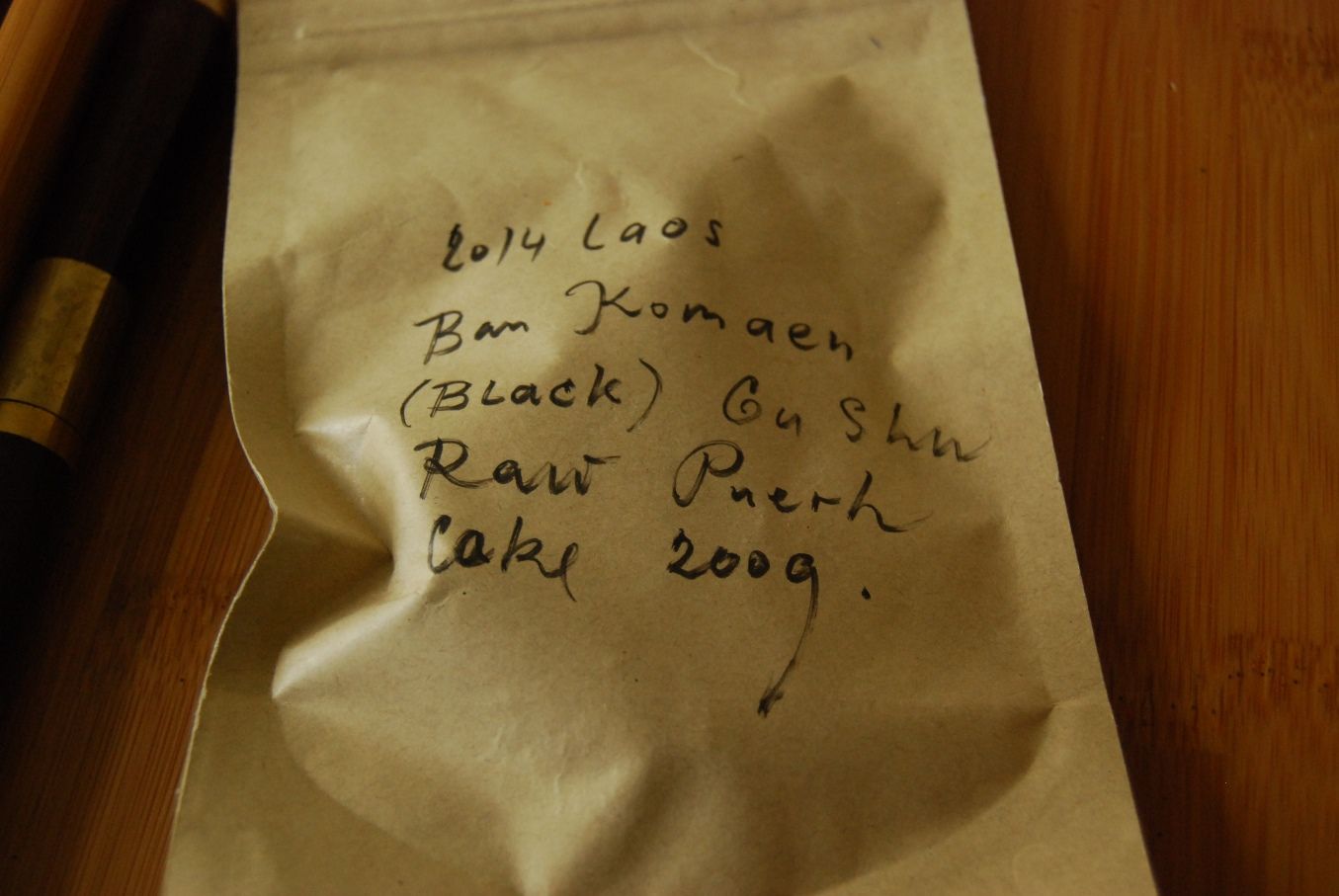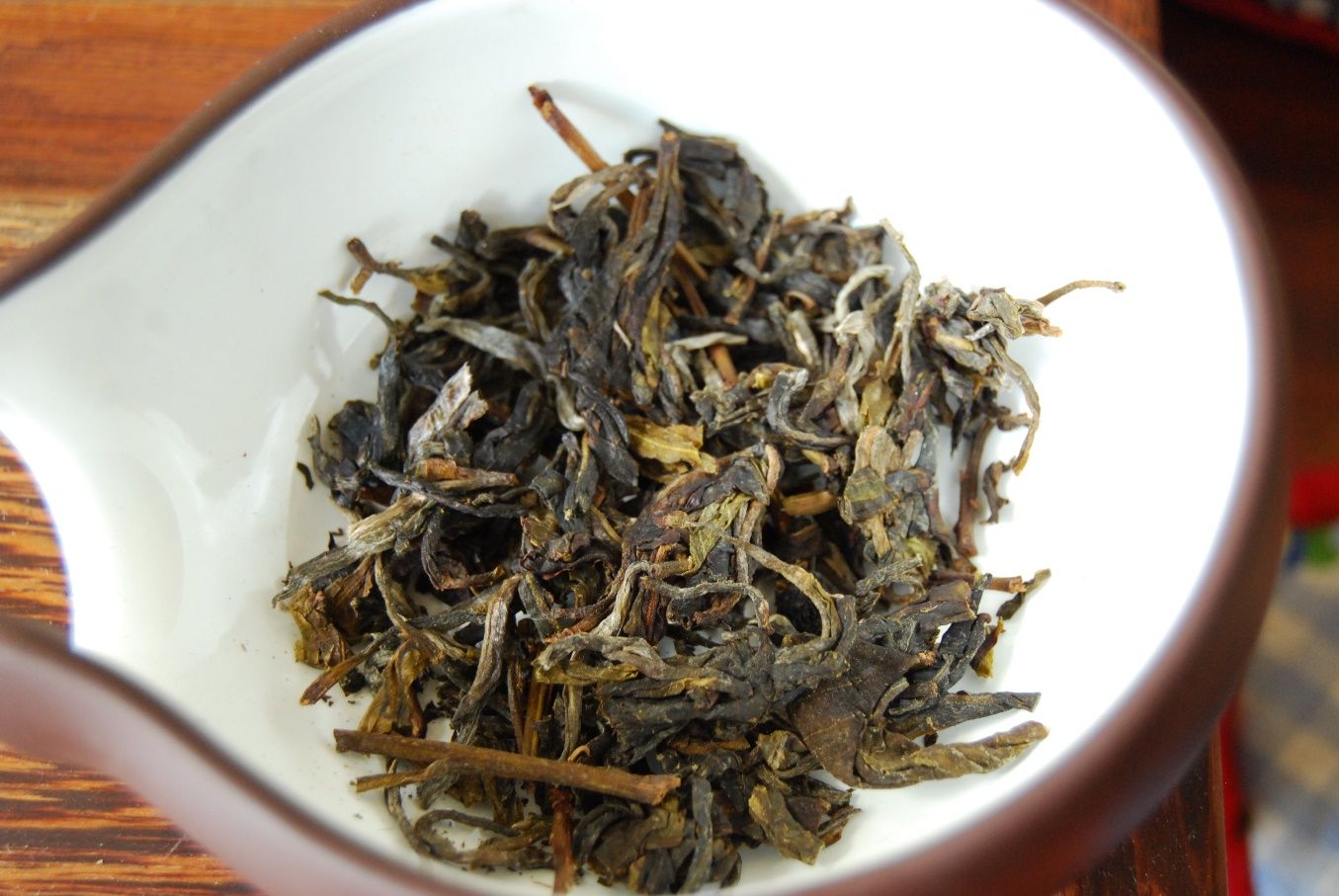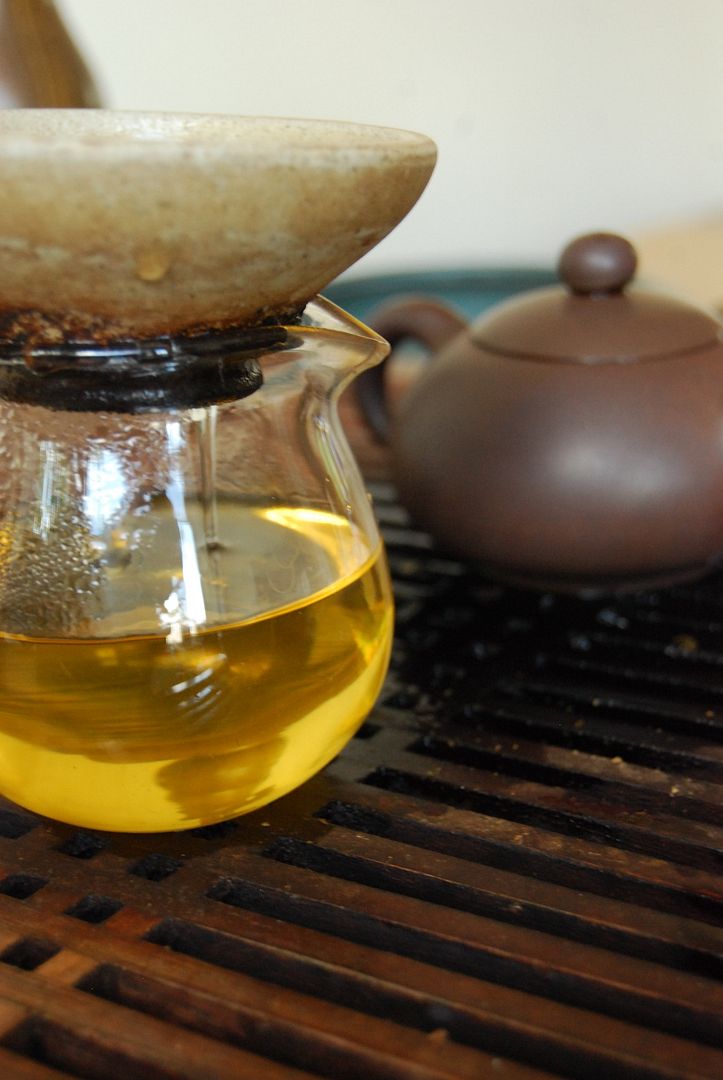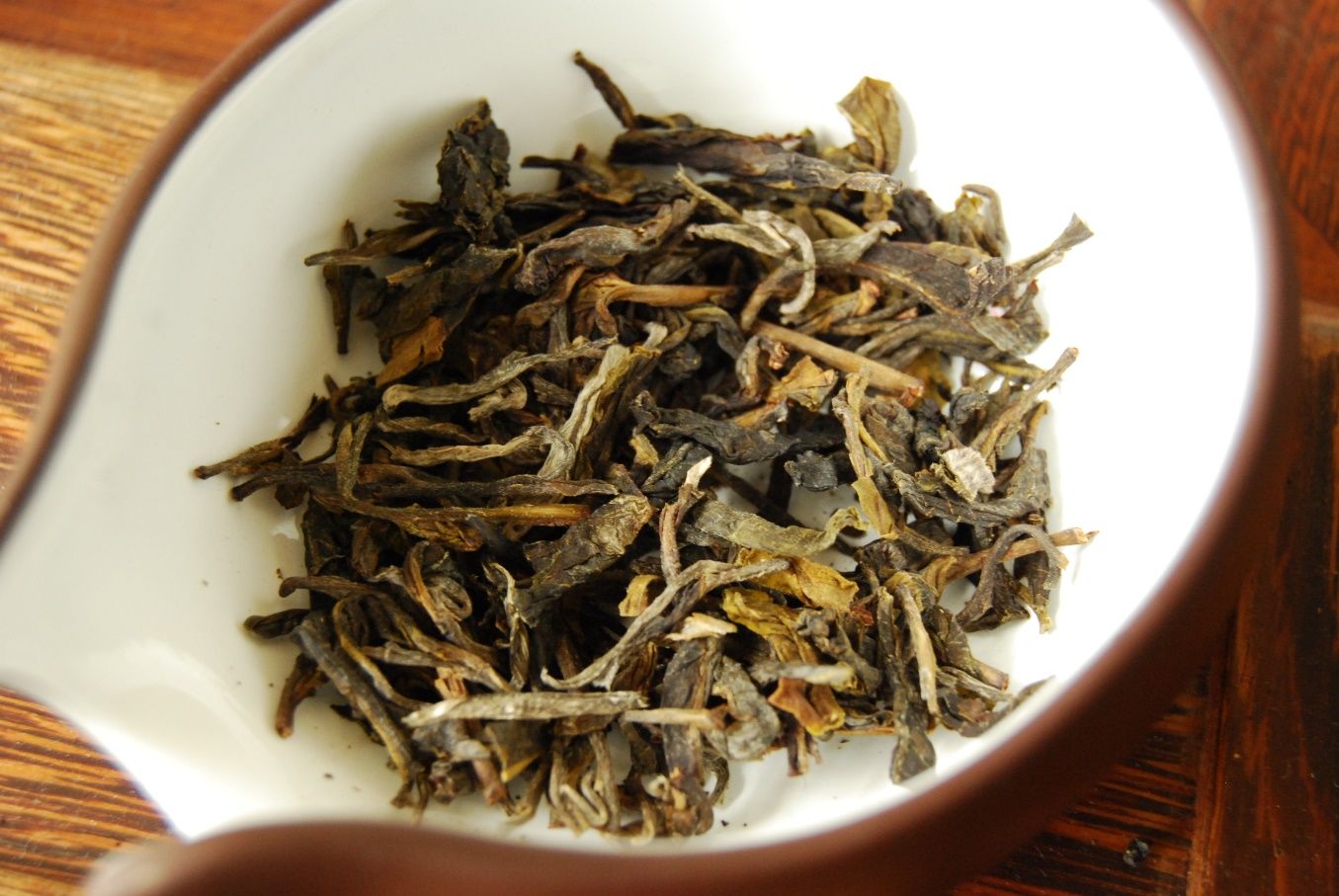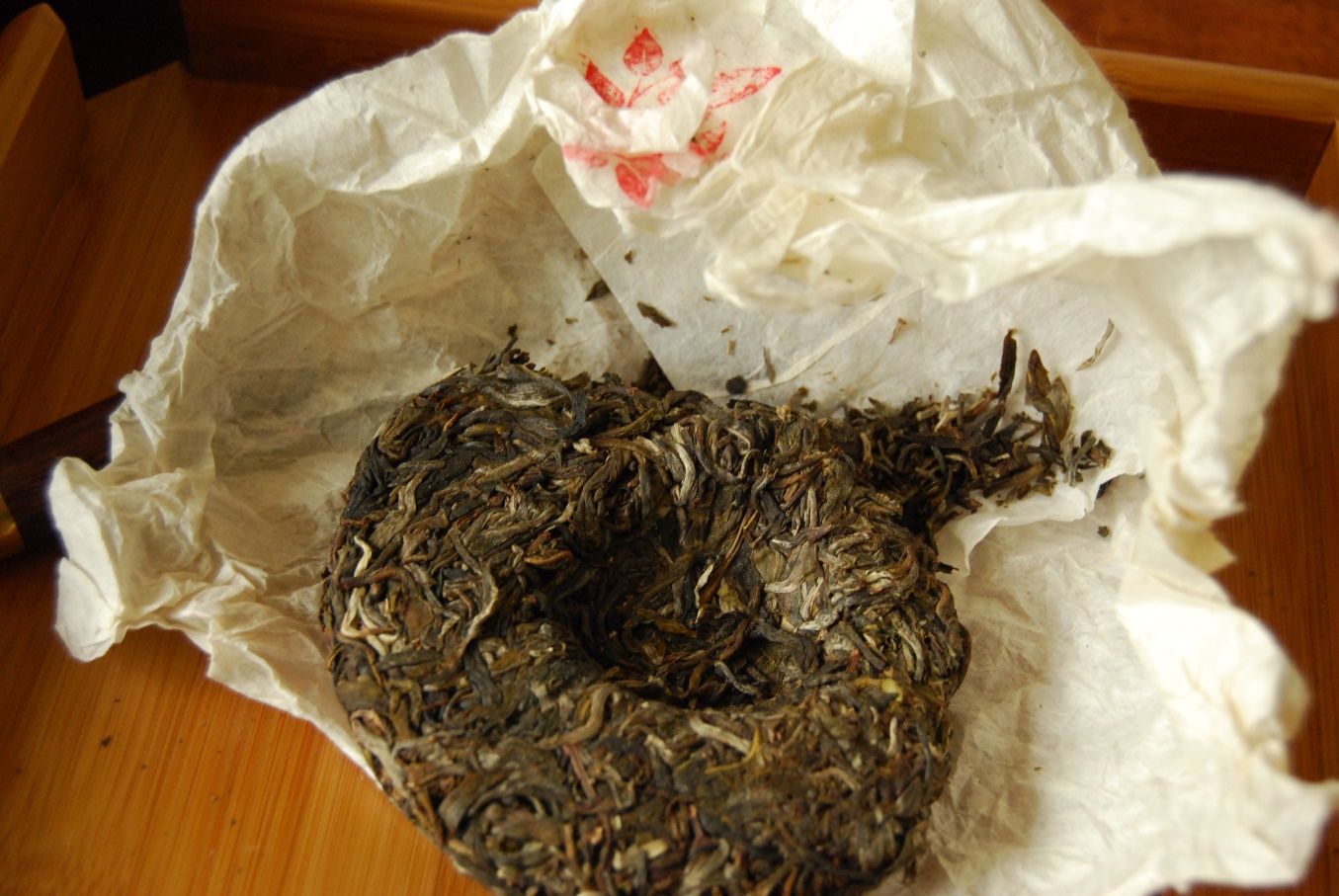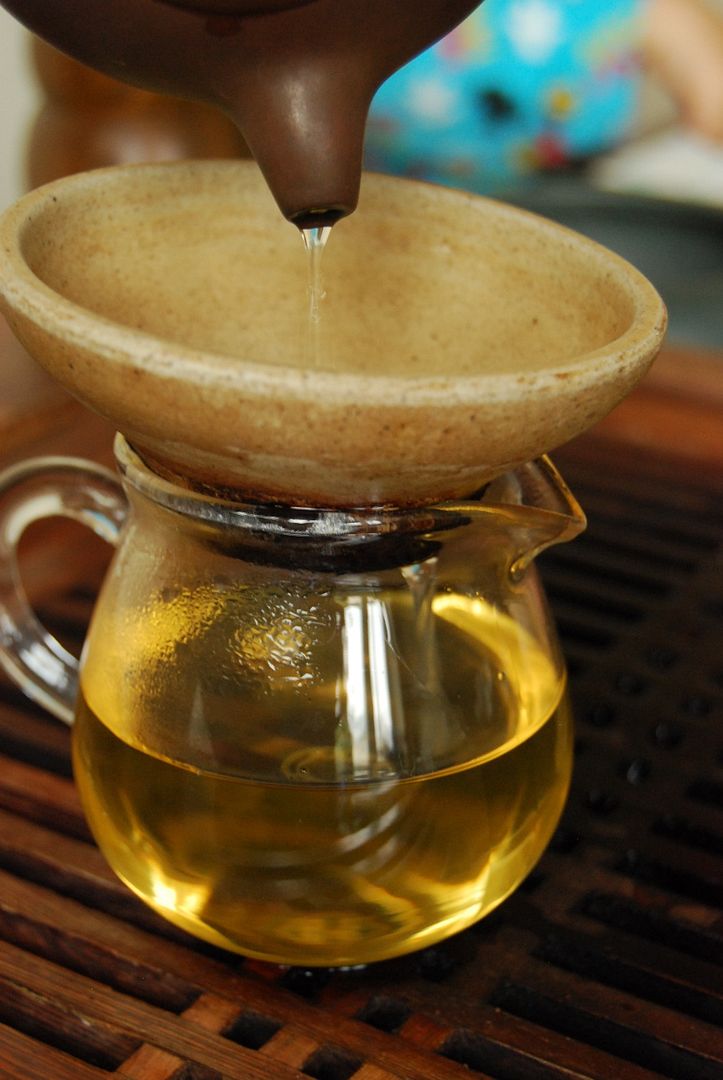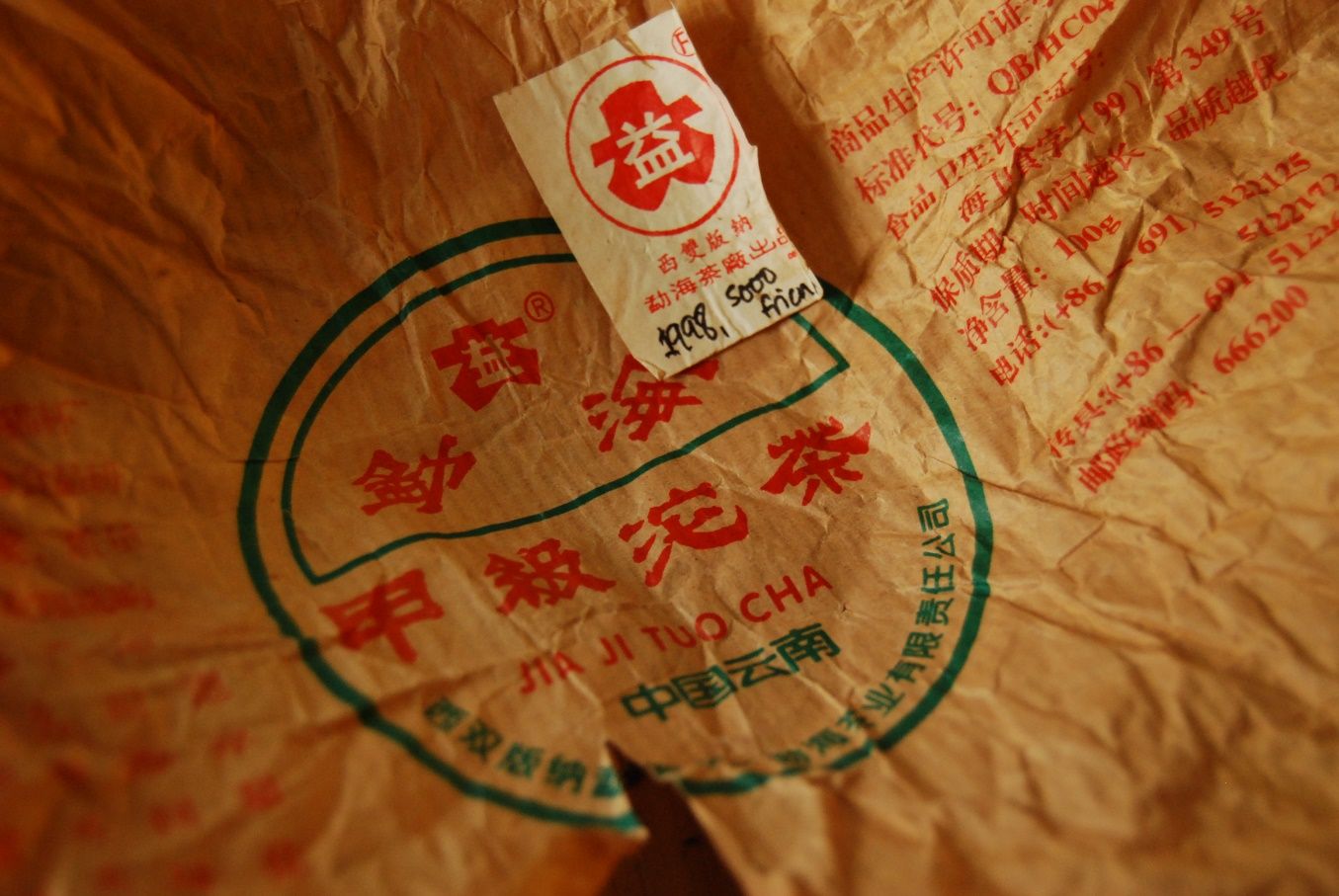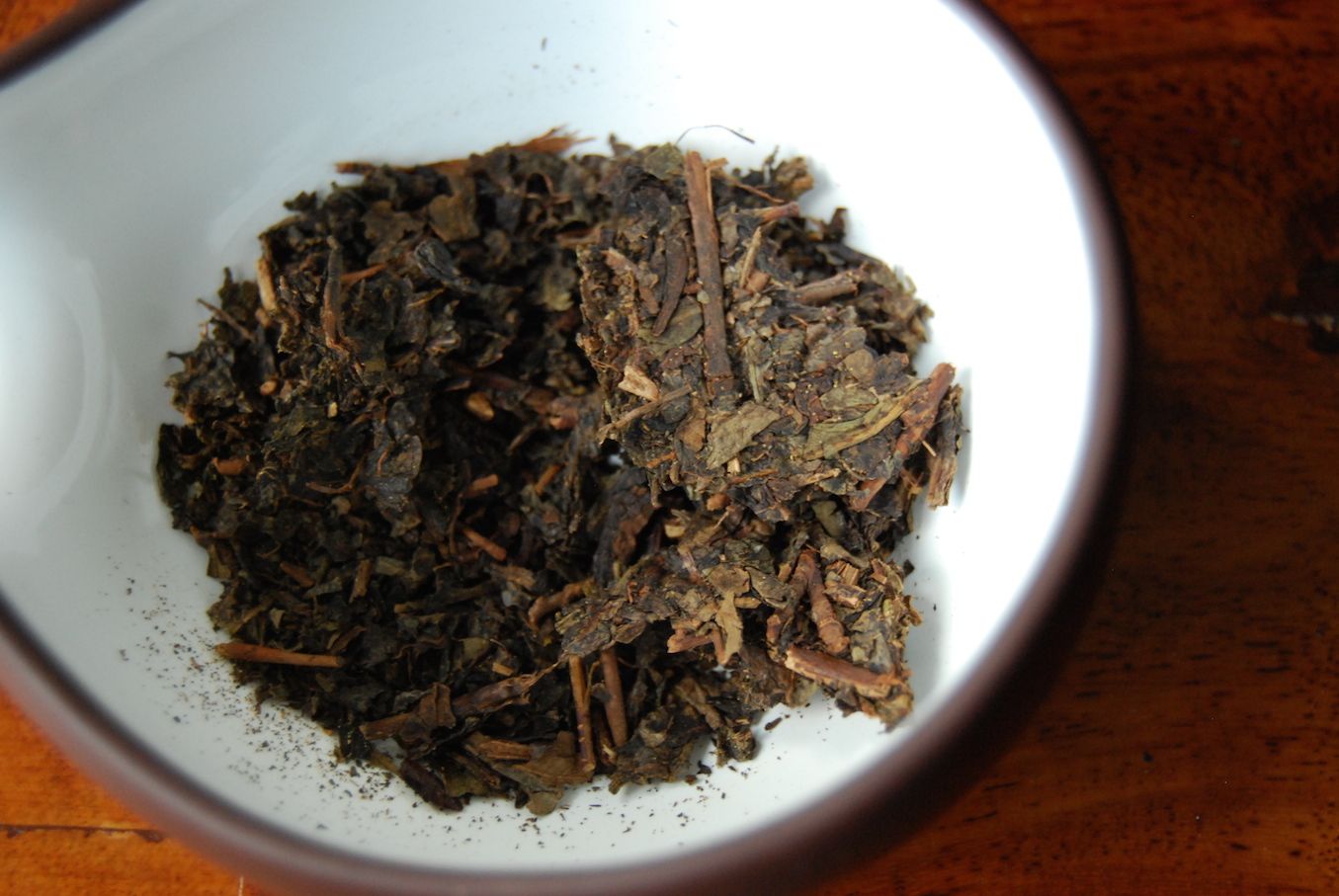However, the appreciation of haiku is not ubiquitous, which surprised me. My surprise is best illustrated with an anecdote.
A few years ago, I was back at the family house for Christmas. It must have been five years ago or so. I had my feet up, and was reading the entirely excellent third edition of Haiku Anthology, by Cor van der Heuvel. This is one of my favourite books, and I often travel with it, and read it over and over again.
I had just settled down, when my brother, who was also home for Christmas, rounded on me: "Haiku? How can you enjoy them?! They are so pretentious!"
I was floored. Haiku, to my mind, are the exact opposite of pretention - after all, are they not maximally wabi-sabi, the very embodiment of the Japanese humble aesthetic? A celebration of the tiny and immediate? Infused with the character of Zen itself?
I put this thought to my brother. He promptly chortled, as if I had just proven his point. Cosmologists are like that.
This exchange has often returned to me. How could sentient beings possibly find haiku pretentious? It is a thought that sits inside me like a koan, a riddle with no solution.
We are led, then, to a demonstration, Gentle Reader: I would, if you will tolerate the indulgence, very much like to read a haiku with you. If this is not your thing, and you're here for the tea, then I look forward to seeing you at the next article. For those still with me, let us proceed...
plip! plop! plip!
the sinking plumstones disturb
fish beneath the punt
This is a whimsical little haiku, from a time when my dear wife and I were having some time off together. Let us this time, however, not explain the haiku, but read it together.
The secret to reading a haiku is very much the same secret as to drinking a very good tea: we must proceed extremely slowly, in little sips, a tiny part at a time. One. Word. At. A. Time.
The haiku, after all, is very (very) small. Every single word counts, and therefore every single word in a good haiku has been selected by the writer with the maximum amount of care. Every possible, feasibly economy has been taken to boil the essence of the haiku down to its essential ingredients. There is nothing loose, nothing flabby, nothing extraneous: it is lean poetry, from which nothing further can be taken away. This latter is of crucial importance: it is something from which nothing further can be taken away. (If you have ever read bad writing, then you know the importance of constant reduction. A good editor is fearless in expressing the ability to reduce a text.)
There are "rules" for haiku - they are not (despite what you may have learned in school) groups of 5-7-5 syllables. Their subject matter is quite well defined, and the manner in which that subject matter is expressed is also quite well defined. One cannot simply cram any old words into 5-7-5, as a schoolchild might, for the result is not a haiku.
The rules are important, up to a point. Like zazen itself, the purpose of the rules is not to foster blind adherence to some arbitrary framework: the rules are there for a reason. The rules are there to guide one to an appreciation of what it is that makes a haiku. The rules are the finger pointing at the moon, and not the moon itself.
Ultimately, when one has come to an understanding of what makes a haiku, then the rules are irrelevant and the rules may be broken. Just like zazen. However, the rules cannot be broken until that understanding exists. Once there is understanding, then there are no rules. I often return to Basho on this point, master of both zazen and haiku, when he spoke on haiku poetry to his students:
"Learn the rules, and then forget them."
A haiku is, like a great tea, a snapshot of a moment. It is timely, in the sense that it represents a time: one particular moment, snatched from the stream of moments, preserved forever in the form of a brief, carefully-selected number of words, each hanging on the last, and each bringing the reader's attention to that one, special moment: that "a-hah!" moment, which is the purpose of the haiku. The haiku is a process, a series of steps, and every step, and therefore every word, is very important. A haiku is a process of gradual revelation.
Let us return to my humble haiku:
plip! plop! plip!
the sinking plumstones disturb
fish beneath the punt
The first line is a series of three noises, three things falling into water. They have fallen in sequence.
plip! plop! plip!
They have also fallen with pauses between them, hence the exclamation marks, which obliges us to read the words with pauses between them (if we are reading carefully). An earlier draft of this haiku had "plip-plop-plip", which is a much faster rhythm. In the final version, those noises are slow, with pauses between them, and that is satisfying. Whatever it is that is falling into the water feels as if it has some pleasing density. Only dense things make that sound when they fall in water.
What is falling? Are they stones? We might be reminded of one of Basho's most famous haiku, frogpond. Allusions to frogpond are a common hobby of the haiku writer over the centuries. We are, at least, reminded of the zazen connotations of frogpond: the disturbance of the smooth surface of the water by the frog, and the sound: plop! Frogpond is irreverent, a little silly, and very zen.
We take some more sips from the cup:
the sinking plumstones
Someone is eating! There is a person in this haiku. It is important in haiku never merely to document experience, but to describe a moment. Haiku are not ugly descriptions of past events, but are eternally present - they pull the reader into that moment that they have captured, and they do this by being active.
Therefore, someone is actually in the process of eating at the moment of this haiku - we are not alone, and we are with someone who is eating - someone who is eating plums. Likewise, the plumstones are falling one by one, just as if someone is currently eating - discarding each plumstone after the flesh has been eaten, rather than sinking a pile of plumstones that have previously been eaten. The eating is on-going, that is our moment. We are in this eating moment, active and participating.
We suspect that the person may be at leisure, because the stones are being slowly deposited into water, one after another. We have also, although we may not have noticed, just read the kigo. This is the season-word, that places the haiku in time: here, "plumstones". The rules are there to be forgotten, and not every haiku has a kigo, but this one does. We know that we are in summer, when the plums are ready to be eaten.
We are also at leisure near the water, and that also suggests summer. Suddenly, thanks to the kigo, we have a feeling of context, and where to place this haiku in time. We have a feeling of summer warmth, to accompany the feeling of summer leisure.
We take another sip, from the cup, trying to determine its flavour:
the sinking plumstones disturb
The break formed by the lines is very important to haiku, because it makes the rhythm of the poem. It is understood that the reader is reading in lines, with breaks between them. In the original Japanese, there is an additional layer of subtlety (the kireji, or cutting word), which is also a part of the better haiku in English, often achieved through meter or a special word. Here, we have disturb: a direct and active cutting word, which also happens to fall at the end of a line.
We know that the reader will pause after reading "disturb", and so they are left with the compound feeling of having someone with them, who is eating plumstones, that they are at leisure, in the summer, that they are dropping stones one by one into water - and yet what is being disturbed? We have some ideas. What could be disturbed in the summer, in the water?
We finish the cup:
fish beneath the punt.
We have "a-hah!" This is a water-borne eater, sitting on a punt! We are afloat, in the summer! We are eating plums, on the water itself, and the plumstones are making satisfyingly deep sounds as they descend into the water, the fish scattering as they are disturbed by the sinking stones. Perhaps this steady supply of falling plumstones is what attracted the fish in the first place.
And so, we now have the full flavour of the cup. It has revealed itself, and it dwells long after completion, like the huigan of good pu'ercha.
We have a fine summer scene, and we may know that the punts only go out in summer. We have a supply of plums - and so maybe, just maybe, we are moored under a plumtree that has spread its branches, and its fruit, out over the water. How lovely it must be to be on that punt, bobbing on the water, in the summer warmth, slowly eating fresh plums, listening to the sound of the falling stones. It is surely quiet out there, because all we can hear are the plip! plop! plip! of the sinking plumstones. Suddenly, after careful reading, sip by sip, we are out there on the water, eating plums, watching fish.
--
It is this precise moment that my dear wife and I shared together as we sat out there, on the punt. The haiku, like a better version of a camera, has both preserved that moment and invited you, Gentle Reader, to share in it with us, on that punt, bobbing gently on the water, under the plumtree.
We hope you enjoy it with us.



